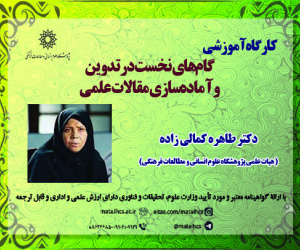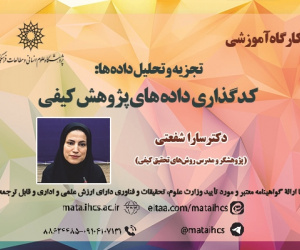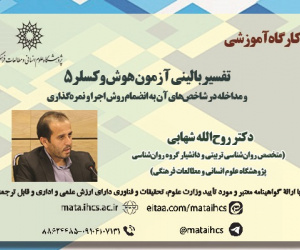ساختمان دستوری گروه اسمی در نوشتار فارسی آموزان عرب سطح فرامیانی (تحلیلی بر پایه نظریه عمومی زبان)
آرشیو
چکیده
گروه های اسمی در زبان فارسی به دلیل تعداد و نوع وابسته هایی که پیش و پس از هسته گروه اسمی می گیرند، از اهمیت شایانی برخوردارند. شناسایی و بررسی گروه اسمی در نوشته های عرب زبانان از جنبه های مختلف کمک قابل توجهی به علمی تر شدن فرایند آموزش زبان فارسی به غیرفارسی زبانان می کند. هدف از این پژوهش درواقع برداشتن گامی برای آشنایی بیشتر با ویژگی های دستوری نوشتار فارسی آموزان می باشد. پرسش اصلی این تحقیق، چگونگی ساختمان دستوری گروه های اسمی و تعیین پرکاربردترین و کم کاربردترین وابسته های گروه اسمی در نوشتار فارسی آموزان عرب در سطح فرامیانی است. تحقیق با استفاده از پیکره زبانی برگرفته از 32 آزمون نگارش پایان دوره تکمیلی فارسی آموزان عرب مرکز آموزش زبان فارسی دانشگاه بین المللی امام خمینی(ره) بر پایه کتاب توصیف ساختمان زبان فارسی باطنی انجام گرفته است. یافته های پژوهش فرضیه مربوط به پرسش نخست مبنی بر بیشتر بودن گروه های اسمی بدون وابسته و نیز فرضیه دوم پژوهش مبنی بر این که در گروه های اسمی تک وابسته، وابسته های پیرو «اسم»، «صفت» و وابسته پیشرو «اشاری » بیشترین فراوانی را دارند، تایید نمود با این توضیح که وابسته پیرو «گروه اسمی» نیز تقریباً به اندازه وابسته پیرو «صفت» فراوانی داشته است. نکته دیگر کاربرد قابل توجه گروه اسمی و گروه حرف اضافه ای به عنوان وابسته هسته گروه اسمی است. به نظر می رسد استفاده از سازه هایی همچون گروه اسمی، گروه حرف اضافه ای و بند موصولی در درون ساختمان گروه اسمی می تواند به عنوان یکی از نشانه های پیشرفت سطح زبانی تلقی شود.Grammatical Structure of the Nominal Group in the Writing of Post-Middle-Level Arab Persian Learners (An Analysis Based on the General Theory of Language)
Nominal groups in Persian are very important because of the number and type of modifiers that come before and after the head of the nominal groups. Identifying and investigating the nominal groups in the writings of Arabic speakers significantly contributes to the scientific process of teaching Persian language to non-Persian speakers from different aspects. The purpose of this study was actually to take a step to become more familiar with the grammatical features of Persian learners' writing. The main question of the study was what the grammatical structure of nominal groups is and to determine the most and the least used modifiers of the nominal groups in the writing of post-middle-level Arab Persian learners. This study was carried out using the language corpus taken from 32 writing tests held at the end of the supplementary course of Arab Persian learners of the Persian Language Education Center of Imam Khomeini International University based on the book entitled description of the structure of the inner Persian language. The findings confirmed the hypothesis of the study related to the first question that there are more nominal groups without modifiers and also the second hypothesis that in single dependent nominal groups, the "noun" post-modifiers, "adjective" post-modifiers, and "indicative" pre-modifiers have the highest frequency. With the explanation that the "nominal group" post-modifiers has almost as much frequency as the "adjective" post-modifiers. Another point was that the nominal groups and prepositional groups are significantly used as modifiers of the head of nominal groups. It seems that the use of structures such as nominal groups, prepositional groups, and relative clauses within the structure of nominal groups can be considered as one of the signs of language level progress.









